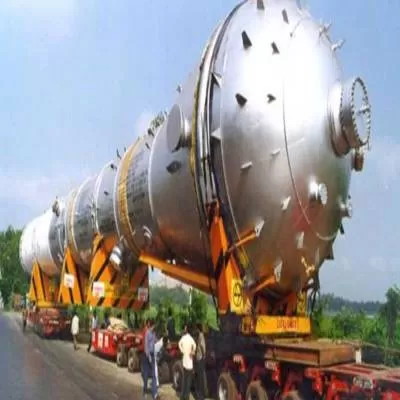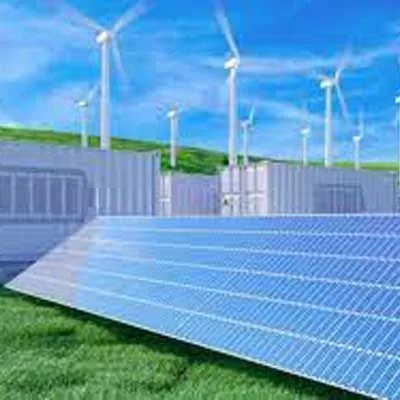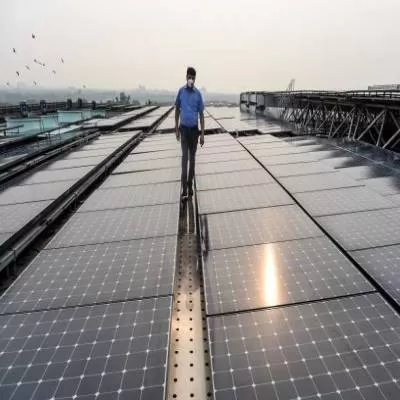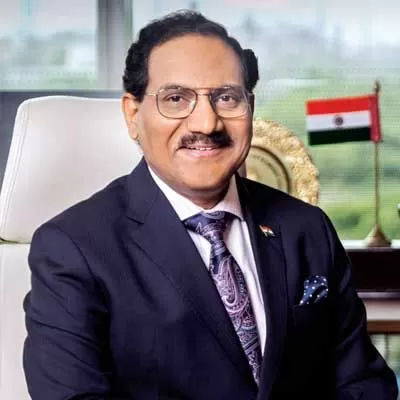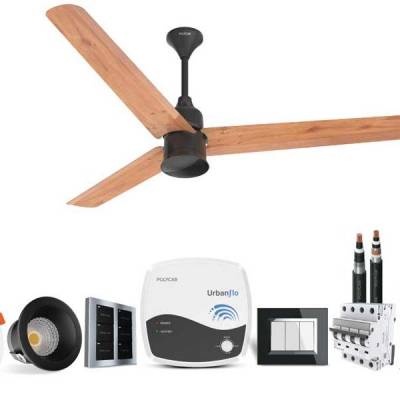- Home
- Infrastructure Energy
- POWER & RENEWABLE ENERGY
- Power - Making Discoms Viable

Power - Making Discoms Viable
Emphasis in the electricity sector has always been on creating generation and transmission capacities to the exclusion of a consistent focus on making distribution viable. In the past eight years (2007-15), 105 GW of additional capacity has been created, about 14 GW per year as against the earlier record of 5 GW per year. Last year (FY15), the country saw a capacity addition of 22 GW, which is a record and equal to capacities created in the entire Tenth or Ninth Five-Year Plans.
The woes of discoms
At the same time, the financial condition of discoms continued to worsen. The aggregate losses of discoms in March 2010 were Rs 1.91 lakh crore, which rose to Rs 3.8 lakh crore in March 2015. The total debt owed by discoms is reported to be over Rs 5 lakh crore and Rs 40,000 crore of debt is on the verge of becoming NPAs. The consequent erosion of their creditworthiness has resulted in the reluctance of lenders to lend more. And this has led to discoms cutting back on procurement of electricity. There have hardly been any power purchase agreements in the past few years. And the utilisation of installed generation capacity in the country of about 280 GW has been declining. In the first-half of this fiscal, NTPC´s plants operated at 72 per cent of capacity, the private sector at 57 per cent and state sector at 54 per cent. The financial distress of discoms has led to the under-utilisation of the huge addition to installed capacity and cast a shadow on further investment into power generation assets.
New initiatives
The sector needs initiatives to relieve discoms of financial distress in the short term and make them viable in the medium term. The Government of India has attempted to address the problem through the Ujwal Discom Assurance Yojna (UDAY). Under this scheme, 50 per cent of outstanding debts of the discoms are to be taken over by the concerned state in FY16 and 25 per cent in FY17. The states will have to commit to reducing AT&C loss to 15 per cent and gap between average revenue realised and average of cost of supply to zero by FY2019. The government also plans to bring down the cost of power through an increase in supply of domestic coal and more efficient coal supply. With these efforts, it hopes all discoms will be profitable by FY19.
In 2016, one can expect to see UDAY swing into action, with states taking over 75 per cent of the debt of their discoms. States like Tamil Nadu, Rajasthan and Uttar Pradesh have no choice but to come on board. This may lead to more tenders for purchase of electricity from these states or discoms. States will also have to make commensurate increases in tariffs annually (even quarterly as per UDAY) although of a smaller order to reduce revenue deficits. This will be a challenge, especially in poll-bound states. If the target of zero revenue deficit by FY19 is to be met, the Centre cannot allow states to dither on tariff increases; how effective it can be will become evident in the coming year.
Proposals for amending the Electricity Act 2003 have been finalised some time ago, including recovery of cost of supply without revenue deficit, mandatory application of tariff policy, pass through for fuel and power purchase costs, quicker disposal of tariff petitions and oversight of the performance of regulatory commissions. The amendment Bill will soon be placed before Parliament, probably in the winter session, and may be passed in 2016. That will be a significant boost to efforts to make discoms viable.
About the Author:
P Uma Shankar has served as former Power Secretary to the Government of India, with over three decades of leadership experience in the central government and the Uttar Pradesh government.
P UMA SHANKAR examines the needs of the power sector and the initiatives that will boost it for a better year ahead. Emphasis in the electricity sector has always been on creating generation and transmission capacities to the exclusion of a consistent focus on making distribution viable. In the past eight years (2007-15), 105 GW of additional capacity has been created, about 14 GW per year as against the earlier record of 5 GW per year. Last year (FY15), the country saw a capacity addition of 22 GW, which is a record and equal to capacities created in the entire Tenth or Ninth Five-Year Plans. The woes of discoms At the same time, the financial condition of discoms continued to worsen. The aggregate losses of discoms in March 2010 were Rs 1.91 lakh crore, which rose to Rs 3.8 lakh crore in March 2015. The total debt owed by discoms is reported to be over Rs 5 lakh crore and Rs 40,000 crore of debt is on the verge of becoming NPAs. The consequent erosion of their creditworthiness has resulted in the reluctance of lenders to lend more. And this has led to discoms cutting back on procurement of electricity. There have hardly been any power purchase agreements in the past few years. And the utilisation of installed generation capacity in the country of about 280 GW has been declining. In the first-half of this fiscal, NTPC´s plants operated at 72 per cent of capacity, the private sector at 57 per cent and state sector at 54 per cent. The financial distress of discoms has led to the under-utilisation of the huge addition to installed capacity and cast a shadow on further investment into power generation assets. New initiatives The sector needs initiatives to relieve discoms of financial distress in the short term and make them viable in the medium term. The Government of India has attempted to address the problem through the Ujwal Discom Assurance Yojna (UDAY). Under this scheme, 50 per cent of outstanding debts of the discoms are to be taken over by the concerned state in FY16 and 25 per cent in FY17. The states will have to commit to reducing AT&C loss to 15 per cent and gap between average revenue realised and average of cost of supply to zero by FY2019. The government also plans to bring down the cost of power through an increase in supply of domestic coal and more efficient coal supply. With these efforts, it hopes all discoms will be profitable by FY19. In 2016, one can expect to see UDAY swing into action, with states taking over 75 per cent of the debt of their discoms. States like Tamil Nadu, Rajasthan and Uttar Pradesh have no choice but to come on board. This may lead to more tenders for purchase of electricity from these states or discoms. States will also have to make commensurate increases in tariffs annually (even quarterly as per UDAY) although of a smaller order to reduce revenue deficits. This will be a challenge, especially in poll-bound states. If the target of zero revenue deficit by FY19 is to be met, the Centre cannot allow states to dither on tariff increases; how effective it can be will become evident in the coming year. Proposals for amending the Electricity Act 2003 have been finalised some time ago, including recovery of cost of supply without revenue deficit, mandatory application of tariff policy, pass through for fuel and power purchase costs, quicker disposal of tariff petitions and oversight of the performance of regulatory commissions. The amendment Bill will soon be placed before Parliament, probably in the winter session, and may be passed in 2016. That will be a significant boost to efforts to make discoms viable. About the Author: P Uma Shankar has served as former Power Secretary to the Government of India, with over three decades of leadership experience in the central government and the Uttar Pradesh government.


